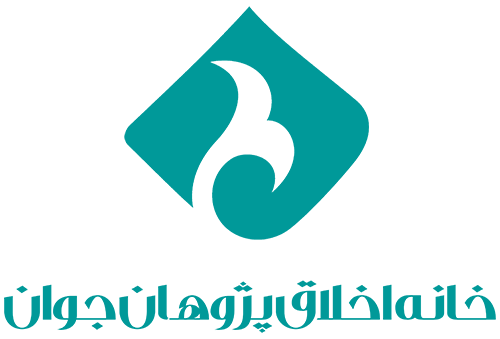Ethics of Spying: A Reader for the Intelligence Professional, Volume 2 continues where the first book ended, but with a twist. It begins with a historical perspective of the expectations of the moral and ethical conduct of intelligence personnel. A previously classified memo from 1941 and a report from 1954 provide a sense of both the history and the perception of standard professional conduct by government officials-both describing intelligence as an amoral albeit necessary profession. The first half of the book defines an intelligence professional, while the second half seeks to apply theoretical and practical perspectives to that definition.
Ethics of Spying
Ethics of Spying: A Reader for the Intelligence Professional, Volume 2 continues where the first book ended, but with a twist. It begins with a historical perspective of the expectations of the moral and ethical conduct of intelligence personnel. A previously classified memo from 1941 and a report from 1954 provide a sense of both the history and the perception of standard professional conduct by government officials-both describing intelligence as an amoral albeit necessary profession. The first half of the book defines an intelligence professional, while the second half seeks to apply theoretical and practical perspectives to that definition.

